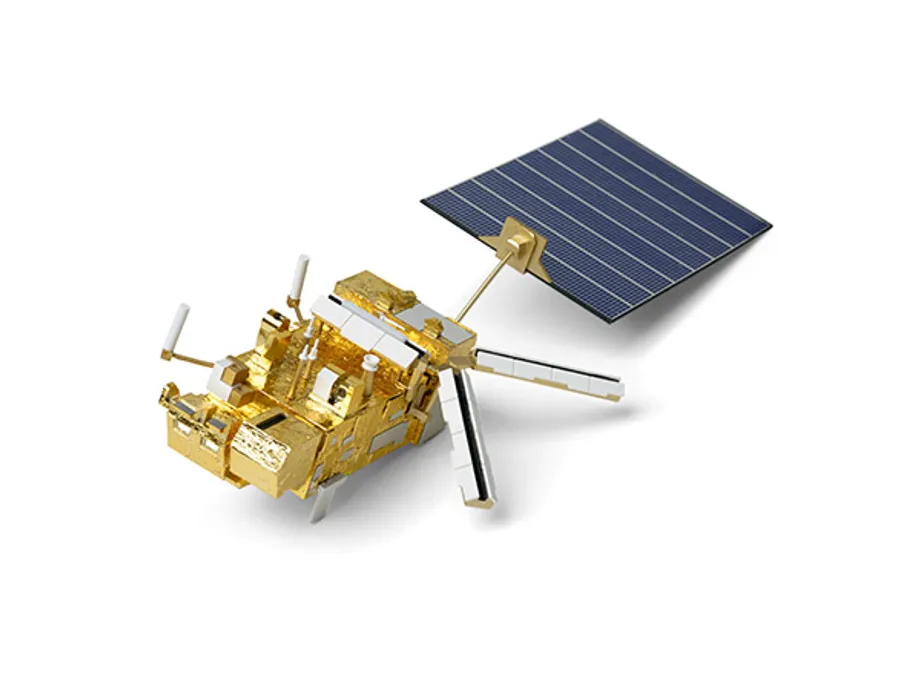Artificial satellites
Artificial satellites, unlike natural satellites such as the moon, are artificial objects which have been intentionally placed into orbit.
The worlds first artificial satellite, Sputnik 1, was launched by the Soviet Union in 1957. Since then, thousands of satellites have been launched into orbit around the Earth.
Some satellites, notably space stations, have been launched in parts and assembled in orbit. Artificial satellites originate from more than 40 countries and have used = the satellite launching capabilities of ten nations. A few hundred satellites are currently operational, whereas thousands of unused satellites and satellite fragments orbit the Earth as space debris.
Metop satellite
Built by Airbus Defence and Space for the European Space Agency (ESA) and Eumetsat, the Metop family of three satellites were designed to provide data for short and medium-term weather forecasts, and long-term climate and environmental research. Metop A and B were launched in 2006 and 2012, Metop C is due for launch in 2018. The six-year gaps are to guarantee the continuous delivery of data.
The data generated by the instruments carried by Metop can be assimilated directly into weather models to compute forecasts ranging from a few hours up to 10 days ahead, as well as being used for climate monitoring.
Donated by Airbus

